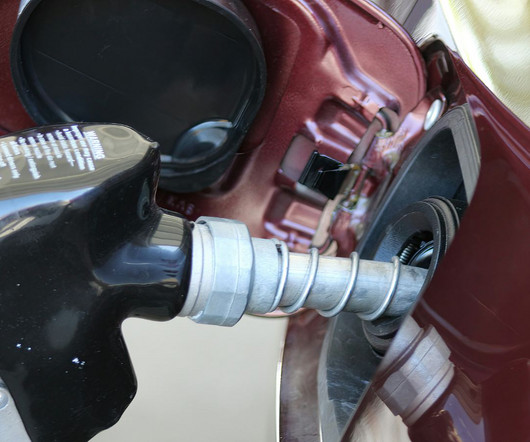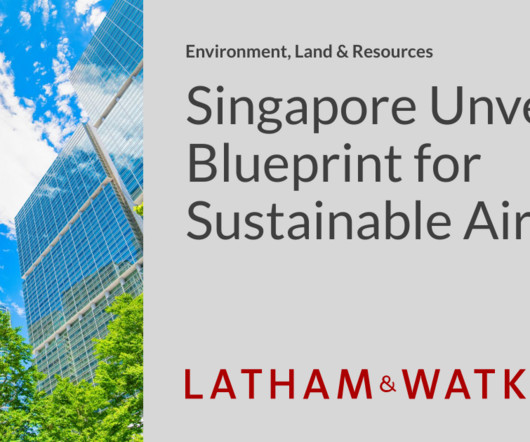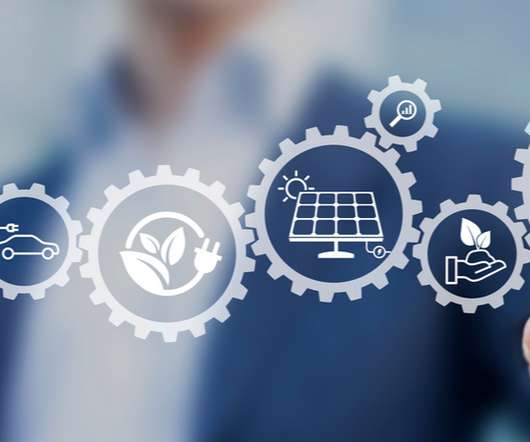A Cap on Vegetable Oil-Based Fuels Will Stabilize and Strengthen California’s Low Carbon Fuel Standard
Union of Concerned Scientists
JANUARY 30, 2024
The LCFS is the leading example of a Clean Fuel Standard , an approach to transportation fuel policy that holds oil refiners accountable to reduce the carbon intensity (CI) of transportation fuels. CARB has also proposed an auto-acceleration mechanism, which could see the 2030 stringency rise to 34.5












Let's personalize your content